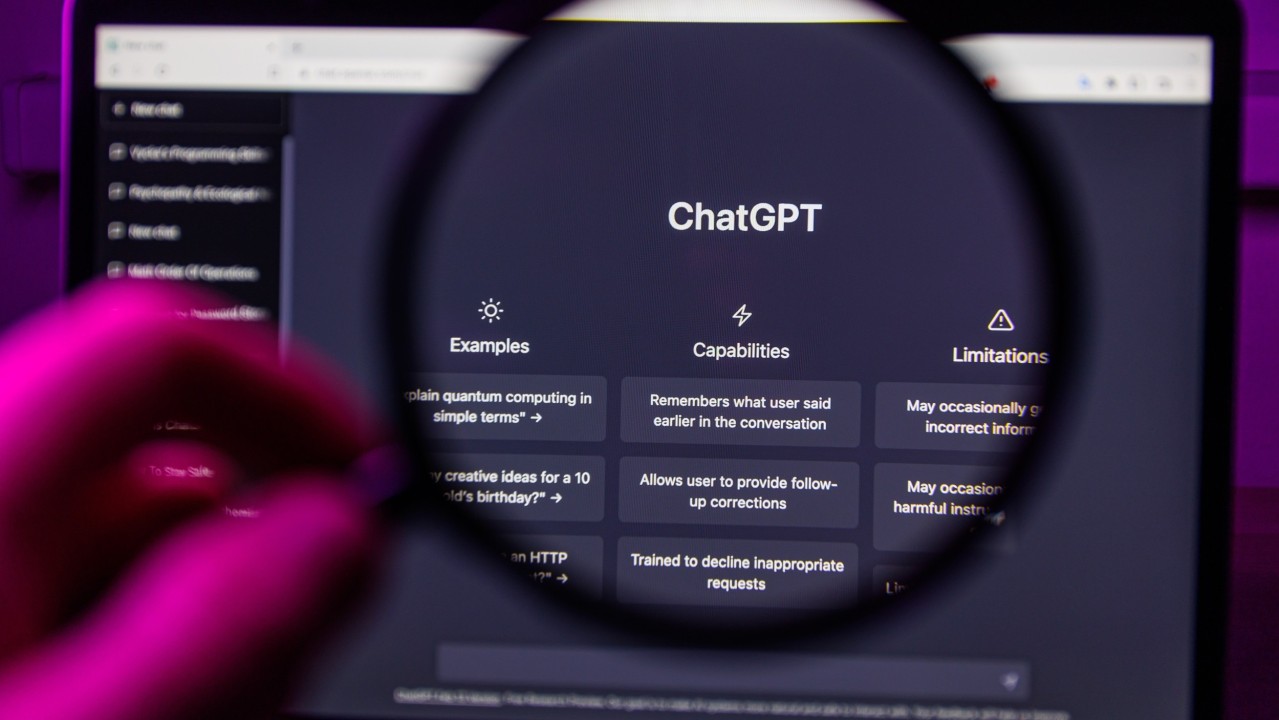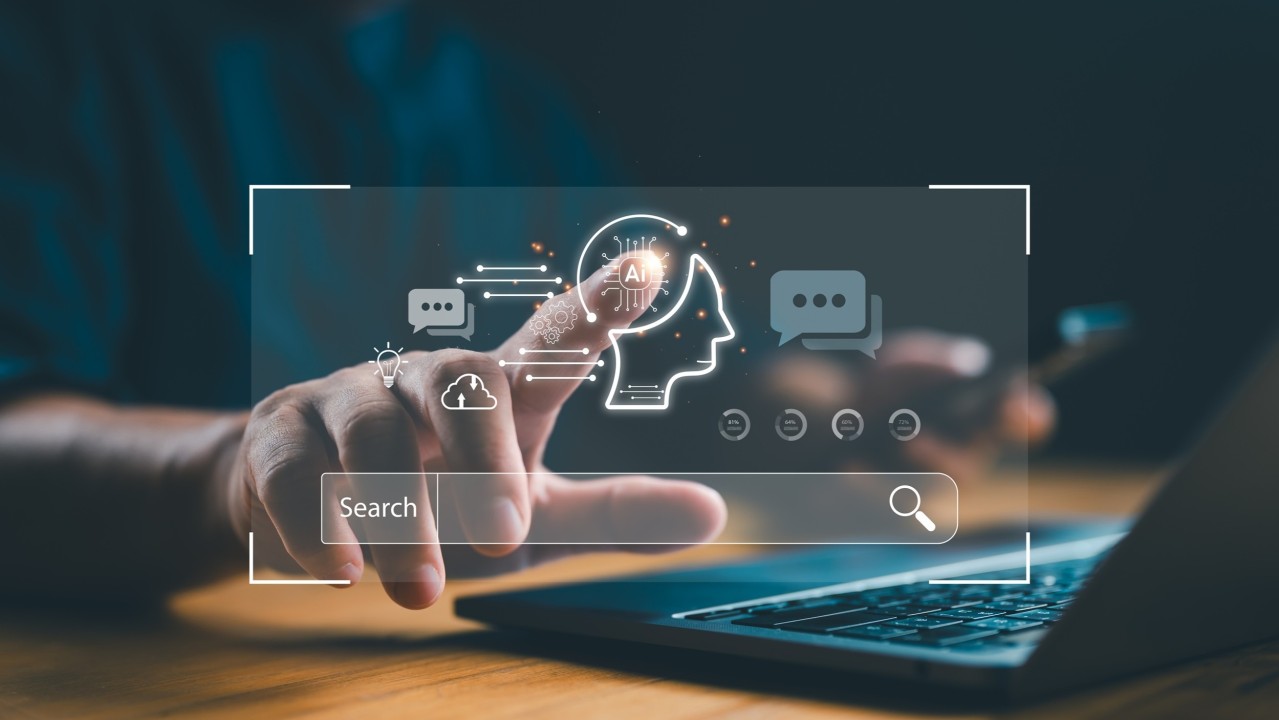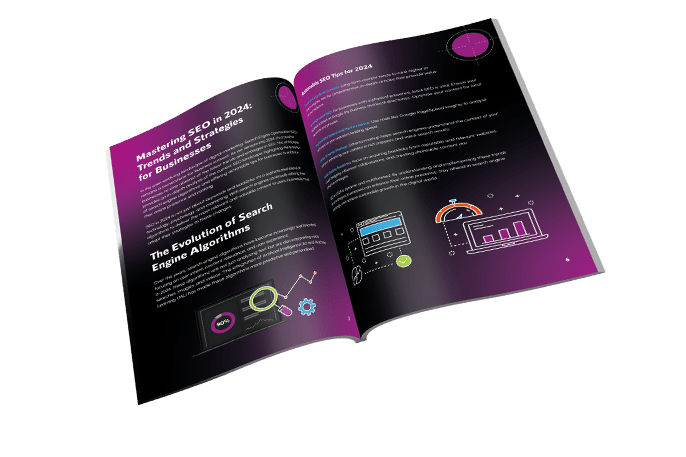News
Hyper-Personalisation in 2025: How AI Will Transform Digital Marketing Strategies
Hyper-personalisation is poised to become a cornerstone strategy in 2025. Driven by the rapid advancements in artificial intelligence (AI), businesses and agencies alike are embracing technology to craft ultra-personalised content and experiences.
These innovations promise not only to meet but to anticipate customer expectations, redefining how brands engage with their audiences.
The Rise of Hyper-Personalisation
Personalisation in marketing is not a new concept. For years, businesses have relied on customer segmentation, targeting, and tailored messaging to improve engagement. However, hyper-personalisation goes beyond traditional strategies by leveraging AI to deliver real-time, individualised experiences.
Unlike basic personalisation—such as addressing a customer by their first name in an email—hyper-personalisation uses AI-driven data analysis to understand behavioural patterns, preferences, and intent at a granular level. This approach enables businesses to create bespoke experiences for every individual, across multiple channels, simultaneously.
How AI Drives Hyper-Personalisation
1. Real-Time Data Collection and Analysis
AI enables the collection and processing of vast amounts of data in real time. By analysing information from various touchpoints—social media interactions, browsing behaviour, purchase history, and even geographic location—AI systems can create detailed customer profiles.
For example, AI-powered tools like machine learning algorithms can identify trends and predict future behaviours. This capability is especially valuable for agencies managing large-scale digital campaigns, where dynamic content must adapt instantaneously to changing user preferences.
2. Dynamic Content Creation
Dynamic content creation is a game-changer for hyper-personalisation. AI tools like GPT-based models and natural language processing (NLP) can generate tailored content that resonates with specific audience segments or individual users.
Imagine an e-commerce website where the homepage content changes dynamically based on a user’s browsing history or a social media ad that reflects the user’s recent searches. These personalised experiences not only capture attention but also drive conversions.
3. Predictive Analytics
Predictive analytics uses AI to forecast future trends and customer needs. By analysing historical and real-time data, agencies can identify which products, services, or content will appeal most to individual users. This capability ensures that marketing campaigns are not only reactive but also proactive.
For instance, a travel agency using predictive analytics might send personalised holiday recommendations to a customer based on their past bookings, current location, and seasonal preferences.
Hyper-Personalisation Across Digital Channels
SEO and Content Marketing
Hyper-personalisation will revolutionise search engine optimisation (SEO) and content marketing in 2025. AI tools will allow marketers to create content tailored to individual search intents, ensuring higher relevance and engagement.
- Dynamic Keyword Targeting: AI can identify the most effective keywords for individual users by analysing search behaviour and contextual factors. This approach moves beyond generic keyword strategies to deliver highly targeted content.
- Content Adaptation: Blogs, articles, and landing pages will be dynamically updated to reflect a user’s preferences or search history. For example, an article about healthy recipes could display vegan or gluten-free options for users who have searched for these terms.
Social Media Marketing
Social media platforms are fertile ground for hyper-personalised experiences. With billions of active users, these platforms generate immense amounts of data, making them ideal for AI-driven strategies.
- Personalised Ad Campaigns: AI will optimise social media ads in real time, ensuring that each user sees content that aligns with their interests and behaviours. For instance, AI can tailor an ad for athletic gear to showcase running shoes to a marathon enthusiast or yoga mats to a wellness seeker.
- Conversational AI: Chatbots and virtual assistants powered by AI will deliver personalised interactions on social media, responding to user queries in a manner that reflects their preferences and tone.
Email Marketing
Email marketing, one of the most effective digital channels, will also benefit from hyper-personalisation. AI will enable marketers to create dynamic email content that changes based on user behaviour.
- Dynamic Email Content: AI-driven emails will adapt in real time, displaying products or offers that align with the recipient’s most recent interactions with the brand.
- Predictive Send Times: AI will determine the optimal time to send emails based on individual user activity patterns, increasing open and click-through rates.
The Role of Agencies in Implementing Hyper-Personalisation
As hyper-personalisation becomes integral to digital marketing, agencies will play a crucial role in helping businesses navigate this complex terrain. Their expertise in AI technologies and data analytics will be indispensable for crafting strategies that deliver measurable results.
1. Identifying the Right Tools
Agencies will guide businesses in selecting AI tools and platforms that align with their goals. From predictive analytics software to dynamic content generation tools, the right technology stack is essential for success.
2. Data Strategy Development
Effective hyper-personalisation requires robust data collection and management practices. Agencies will help businesses implement data strategies that ensure compliance with privacy regulations while maximising the value of customer insights.
3. Continuous Optimisation
Hyper-personalisation is not a one-time effort but an ongoing process. Agencies will monitor campaign performance, analyse data, and make iterative improvements to ensure sustained success.
Challenges and Ethical Considerations
While hyper-personalisation offers immense potential, it also raises several challenges and ethical concerns. Businesses and agencies must address these issues to build trust and maintain customer loyalty.
1. Data Privacy
The use of personal data for hyper-personalisation must comply with stringent privacy regulations such as GDPR and CCPA. Transparency about data collection practices and obtaining user consent are critical.
2. Avoiding Over-Personalisation
There is a fine line between helpful personalisation and intrusive marketing. Overly personalised content can make users feel uncomfortable or surveilled, undermining trust.
3. Ensuring Fairness and Inclusivity
AI systems can inadvertently perpetuate biases if not properly managed. Agencies must ensure that AI-driven strategies are inclusive and free from discriminatory practices.
Predictions for Hyper-Personalisation in 2025
Looking ahead, hyper-personalisation will continue to evolve, driven by technological advancements and changing consumer expectations. Agencies predict that the following trends will shape the future:
- Advanced AI Algorithms: AI systems will become more sophisticated, enabling even deeper levels of personalisation.
- Integration Across Channels: Seamless integration of hyper-personalisation across all digital touchpoints—websites, social media, email, and mobile apps—will become the norm.
- Voice and Visual Search: Hyper-personalisation will extend to emerging technologies like voice and visual search, offering tailored results based on individual preferences.
- Real-Time Personalisation: Dynamic content creation and adaptation in real time will be essential for competitive digital campaigns.
Hyper-personalisation represents the future of digital marketing, offering unprecedented opportunities for businesses to connect with their audiences on a personal level. By leveraging AI, agencies can create ultra-personalised experiences that not only meet but exceed customer expectations.
As we move into 2025, businesses that embrace hyper-personalisation will be well-positioned to thrive in an increasingly competitive digital landscape.





The Ultimate Social Media Guide
With the ever-growing power of social media, we use the latest techniques, video, and animation software to craft eye-catching social media assets that make your brand pop. Our designers, wielding Adobe Creative tools, create distinctive animations and graphics to illuminate your brand story and highlight your products or services. Want a unique design? No problem – we also offer bespoke designs to match your brand aesthetic.